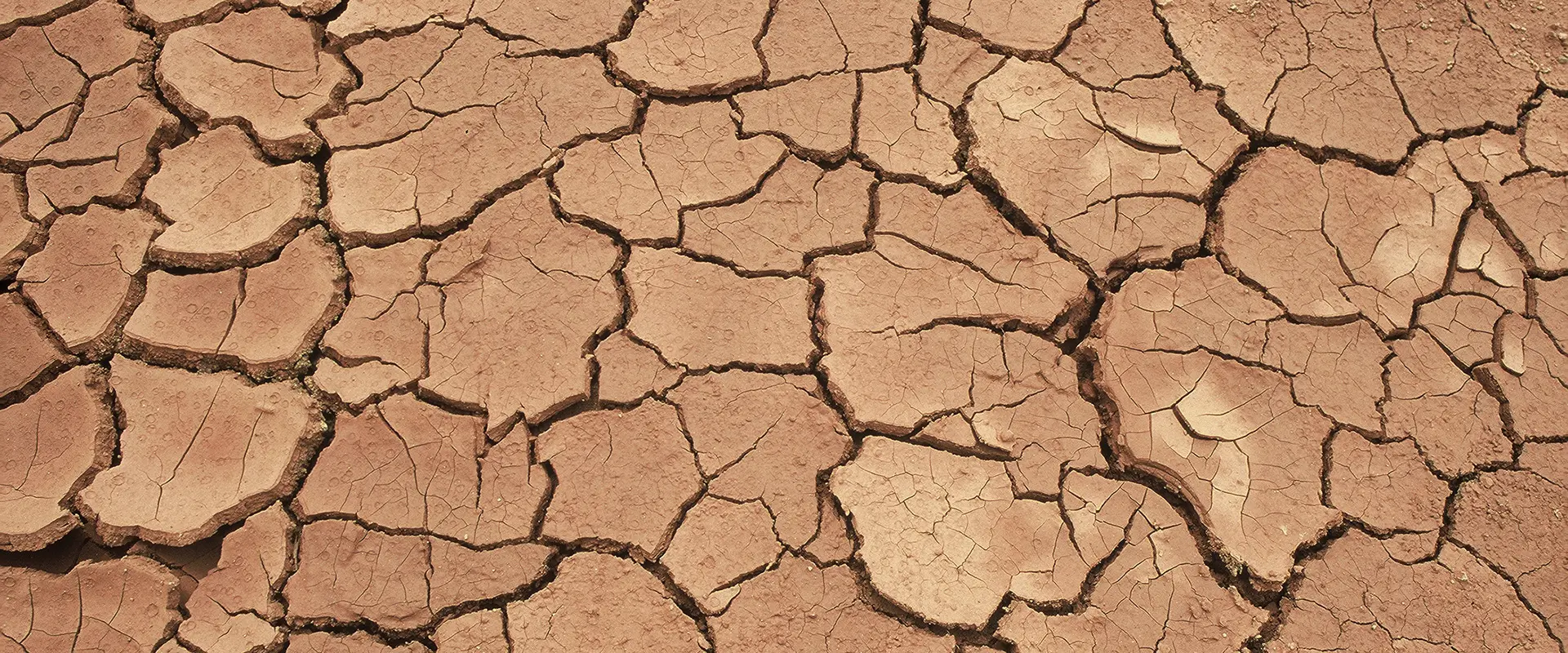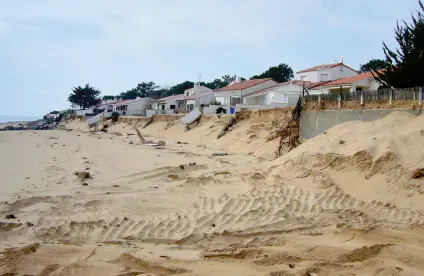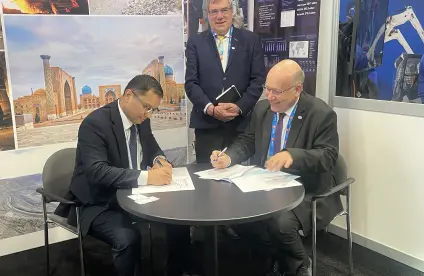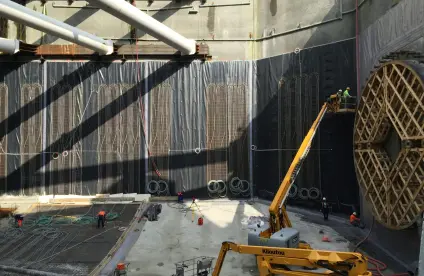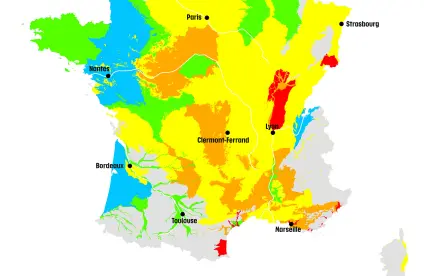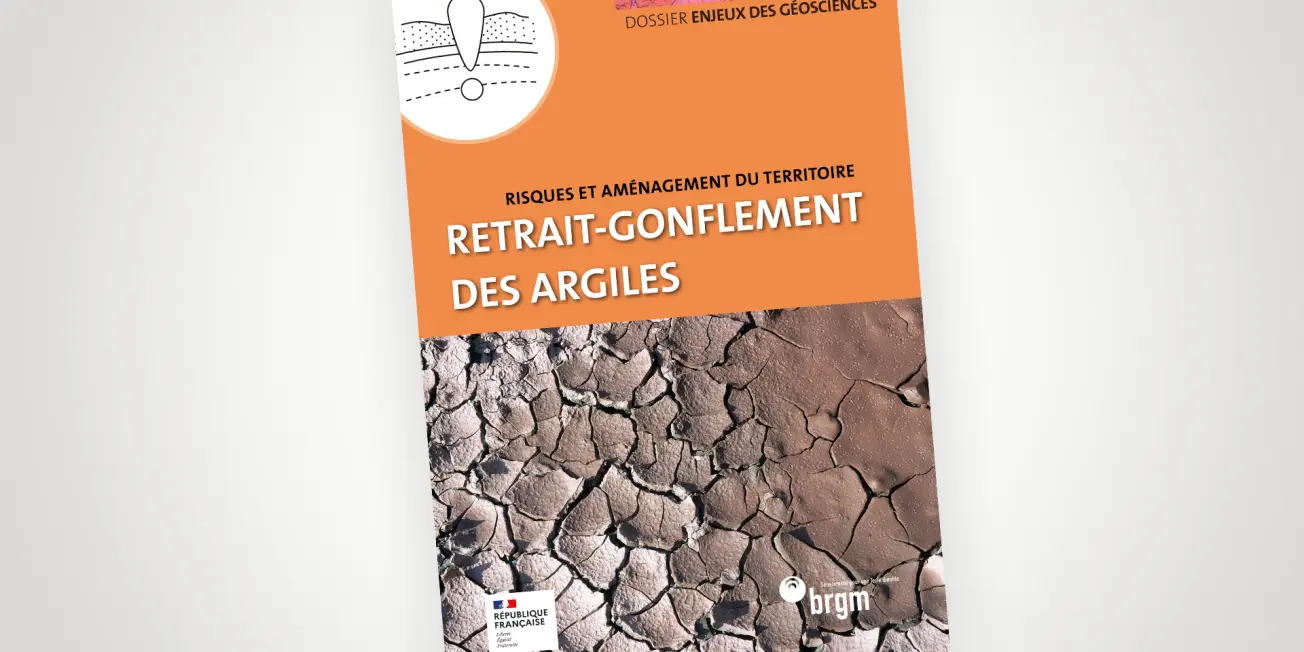
Issue cover.
© BRGM
Featuring in this “Geoscience Issues” file
A natural phenomenon and a serious risk for dwellings
Although not dangerous for humans, the clay shrinkage and swelling phenomenon is now well known to geotechnical engineers due to the stresses it exerts on buildings. It has been covered since 1989 under the natural disaster compensation scheme, in which it is listed in second place for compensation purposes (with flooding listed in first place).
Clays: materials with special properties
Clay soils are of sedimentary origin. They result from the aggregation of multiple components eroded from other, different rocks. The unique plasticity of clay is due to the type of agglomerated minerals and by an unusual laminar structure.
The risk of clay shrinkage and swelling is a well-understood and controllable phenomenon
Clay shrinkage and swelling is directly linked to weather conditions, particularly to a lack of precipitation. This risk was first identified in the 1950s.
BRGM on the front line
The national geological service contributes expert knowledge that is essential for mapping risks, studying phenomena in order to respond to them and working in the field.

